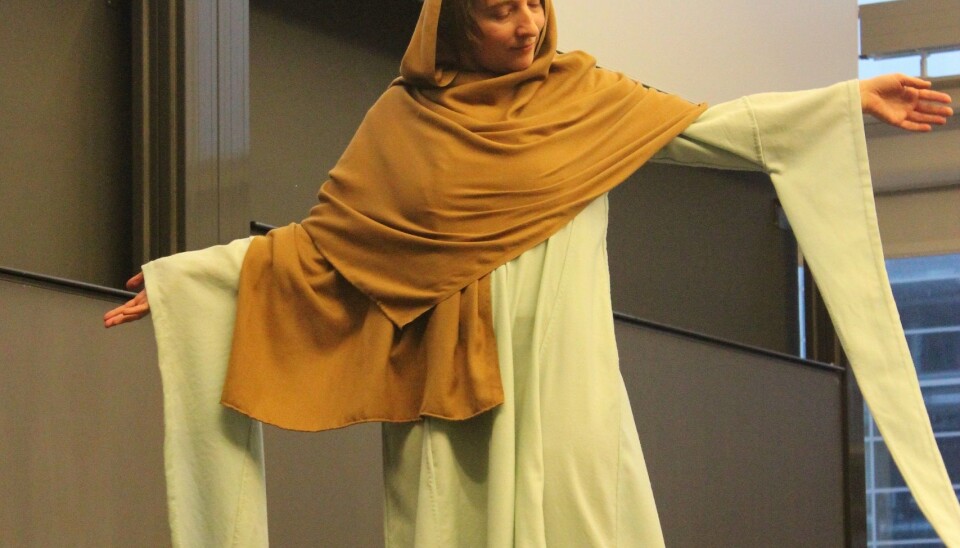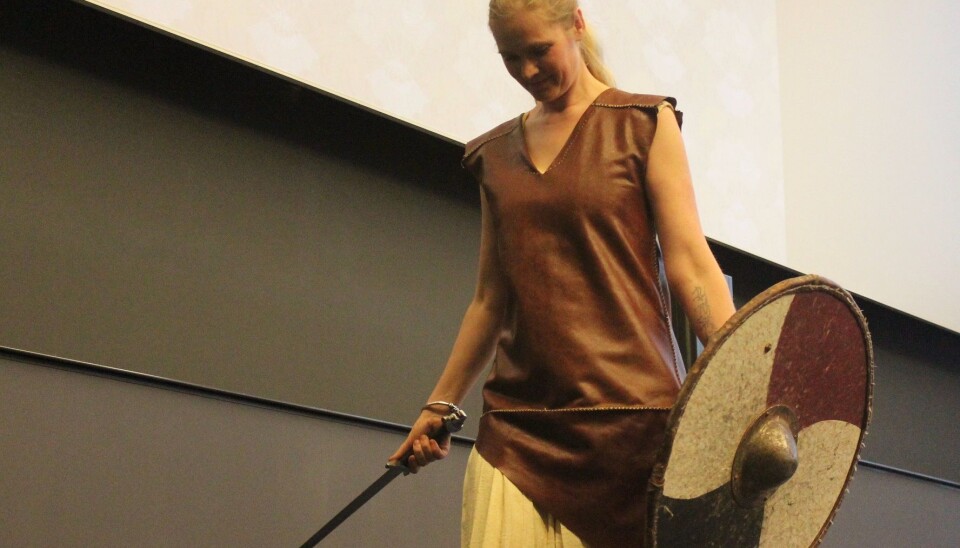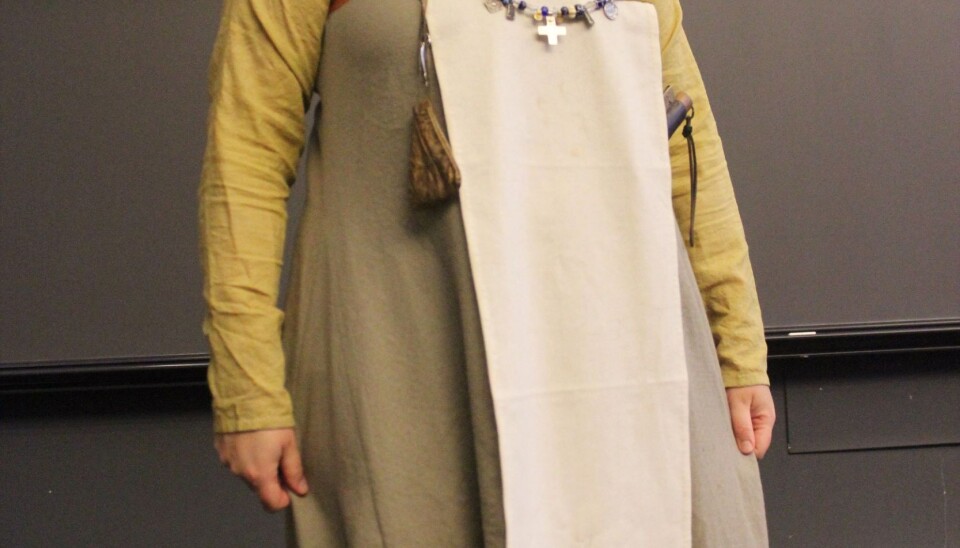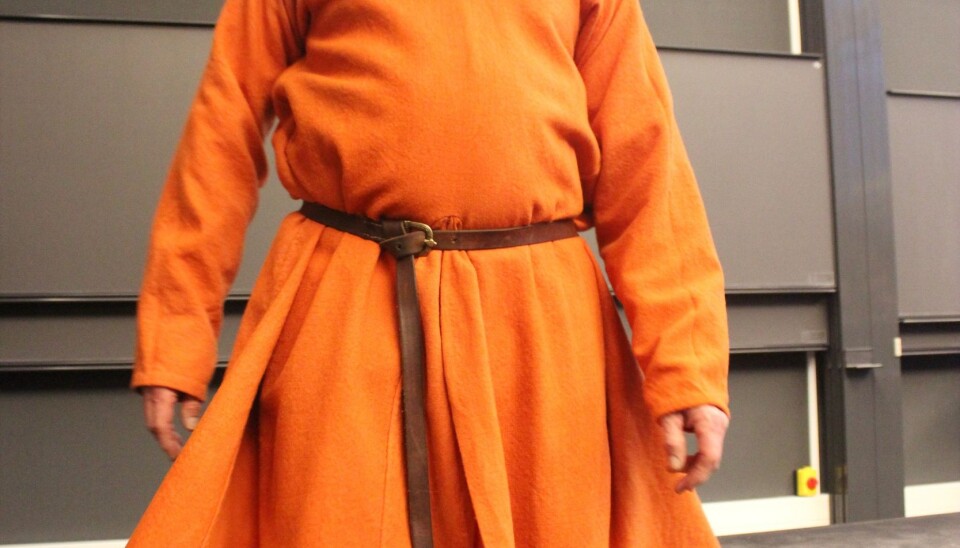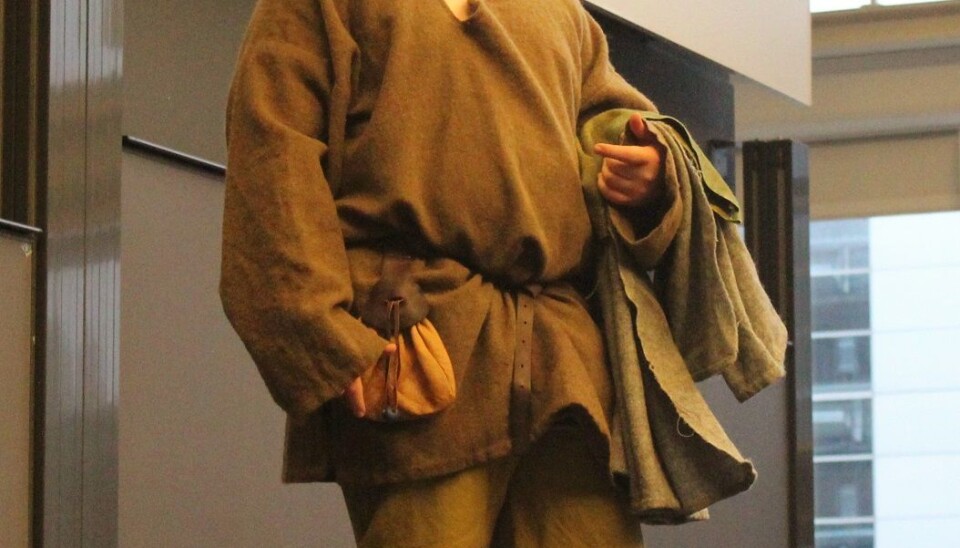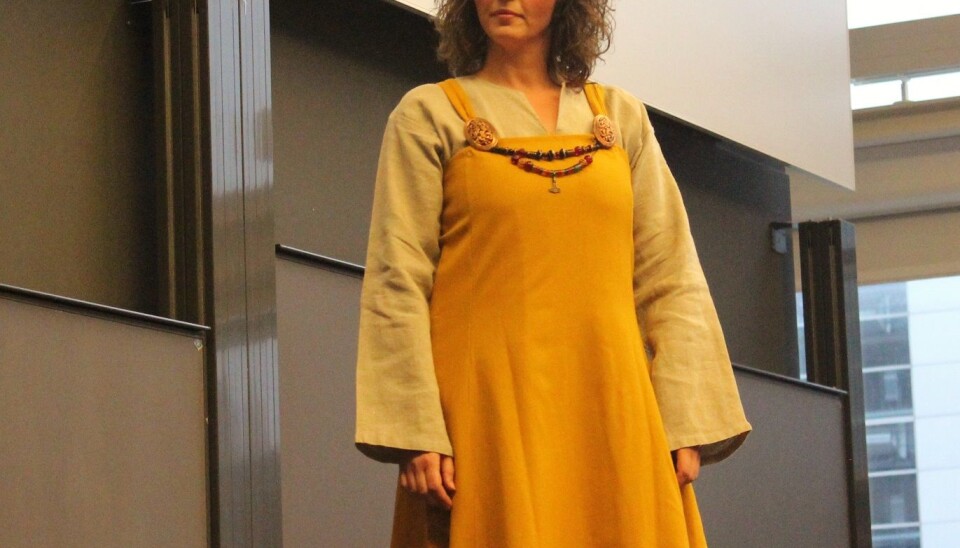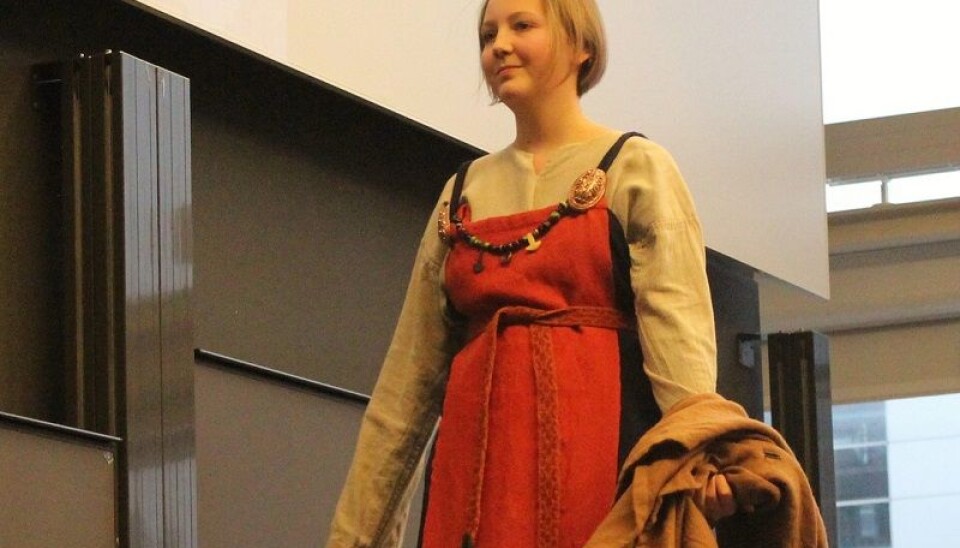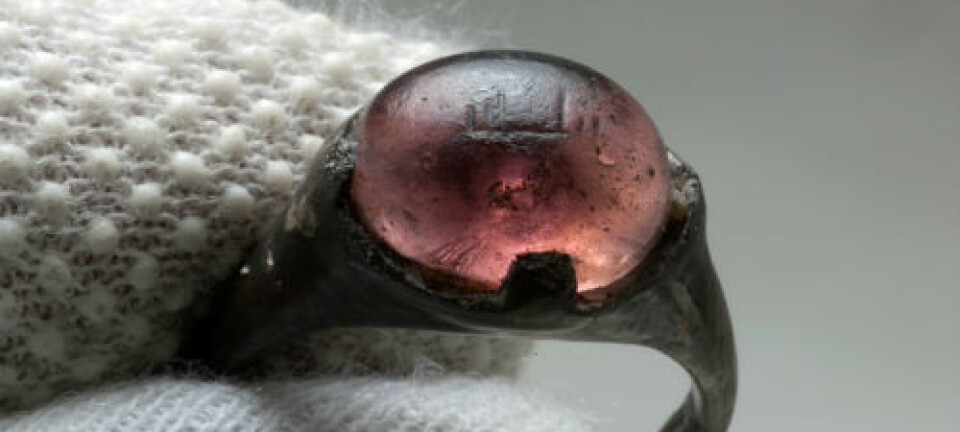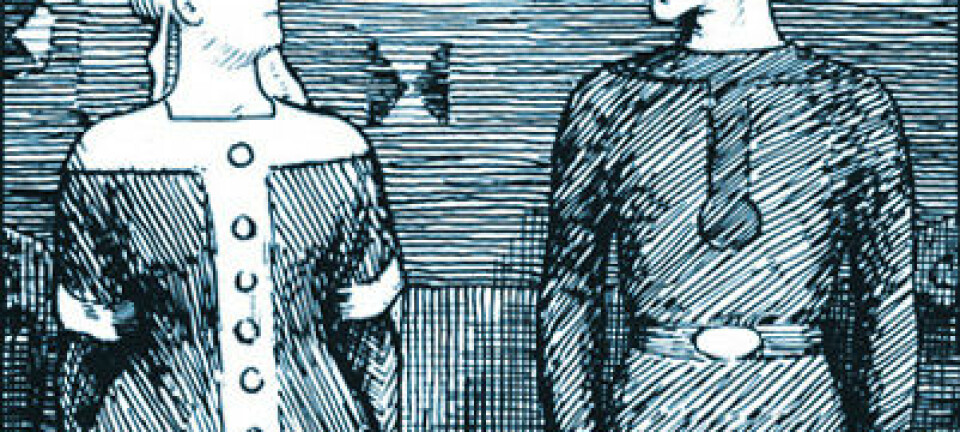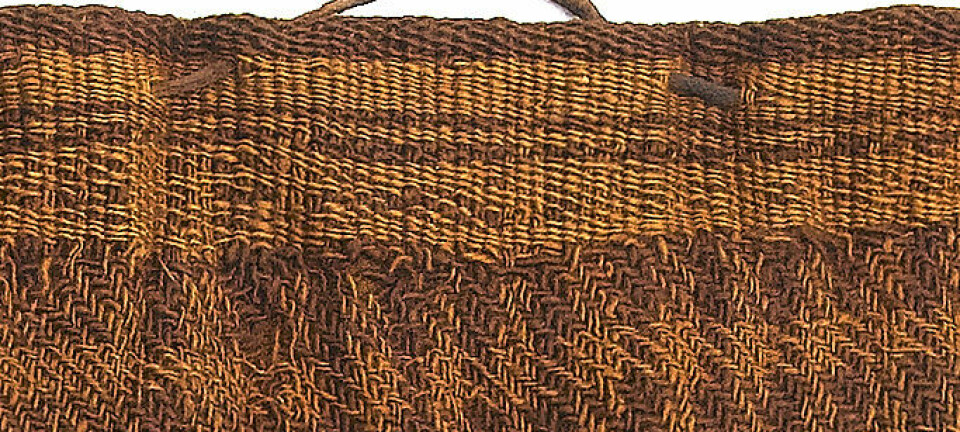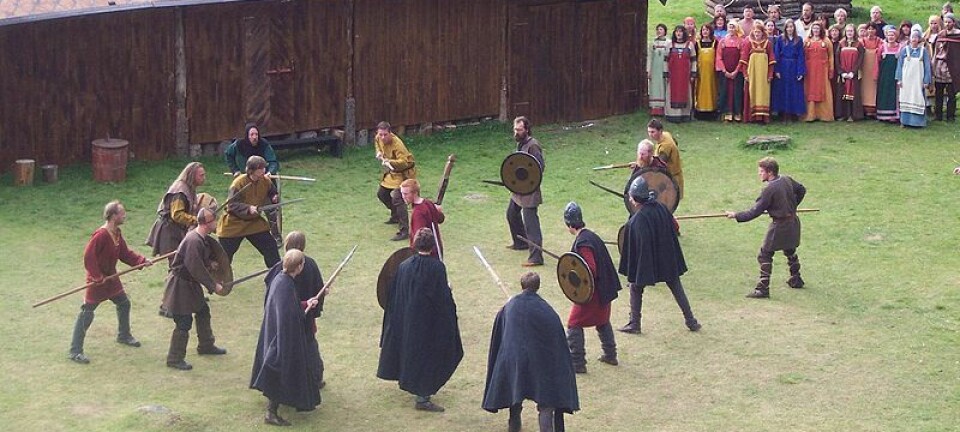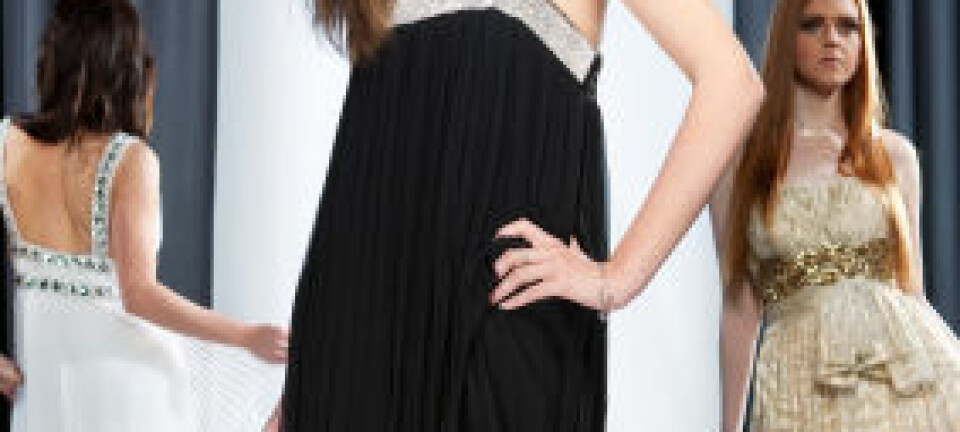Fashionable Vikings loved colours, fur, and silk
The Vikings were skilled warriors, traders, and explorers, but a more fashionable side might also have existed.
The year is 873 and Frida is deciding what to wear. Her new red dress is finally ready, as are her freshly polished shell-shaped brooches designed to hold it in place at her shoulders. The dress is the newest cut in Viking fashion.
Of course, we don’t know exactly how such a scenario played out. Nevertheless, to a Viking woman, Frida’s dress in vibrant red with matching brooches could have been hugely popular. In fact, red and blue were among the most popular colours in the Viking Age.
But did the Vikings really have fashion on the mind?
"Yes," says Ulla Mannering from the Centre for Textile Research at the National Museum in Copenhagen.
Fashion in Viking times was different from how we perceive it today, where the wardrobe changes from year to year, she explains, but we can see a form of 'fashion' from the archaeological finds from that time.
"The Vikings had trends and tendencies that we today might call fashion. Viking fashion changes slowly through time. It does not mean that they threw out all their old clothes, but we do see new colours, decorations, or costume shapes materialise over time, "said Mannering.
In the gallery above you can see examples of how the researchers envision Viking fashions, presented on a catwalk show at the University of Copenhagen earlier this year.
Exclusive materials reserved for the rich
Our knowledge of Viking fashion comes entirely from the tombs of rich Vikings and tells us little about how poorer people in society would have dressed, explains Mannering.
"What we call fashion are their symbols of high status. Overall, it appears that the ordinary Vikings would have been dressed in something similar, though less luxurious and without the gold, silver, fur, and silk. But the elements would have been roughly the same. Styles of high-status outfits probably greatly influenced styles of garments made further down the social hierarchy," says Mannering.
The Vikings, who had the means to do so, were therefore not afraid to wear extravagant clothes, made with expensive materials. But what do we know about Viking clothes in general?
Wool, linen, and layers
Ulla Mannering explains that in Viking times there were differences between how men and women dressed.
A typical costume for a woman consisted of a linen undergarment, covered by a long woollen dress or skirt down to the feet. Dresses often had straps and were held in place across the chest with shell-shaped brooches (see gallery). Researchers have also discovered that some dresses had fitted sleeves. Outerwear was usually a cloak, closed at the front of the chest, typically worn with a small hat or a headscarf.
The men's attire on the other hand typically consisted of a linen tunic, worn underneath another tunic made of wool.
On the bottom half they wore either short or long trousers, or sometimes knee length pantaloons - imagine Disney's Aladdin. A cape or a jacket fixed in place at the shoulder and a hat completed the look.
Vikings also loved colours.
"The Vikings wore colourful clothing with patterns and stitched bands. Red and blue were especially popular throughout the Viking Age, "says Mannering.
A Viking catwalk
In February this year, people gathered for a seminar on Viking clothes at the Saxo Institute at the University of Copenhagen. The last item on the day’s agenda was a Viking catwalk show.
"From time to time archaeologists find pieces of old textiles and leather patches from the Viking era. It can give us an idea of the types of fabrics and techniques once used. It doesn’t tell us much about what Viking clothes actually looked like, but it's fun to see people who can craft, trying to reproduce the clothing from Viking times," said Mannering.
For her it was mainly just fun to hear the opinions of Viking enthusiasts from around the world display how the Vikings may have dressed.
"At present, these outfits are our best bet. We're never going to be able to reconstruct the Viking clothes to a level that an actual Viking would recognize, but we should not be afraid to be imaginative and give it a go," she says. "We are constantly learning more about Viking clothes and what they would have looked like."
---------------
Read the original article in Danish on Videnskab.dk
Translated by: Catherine Jex
